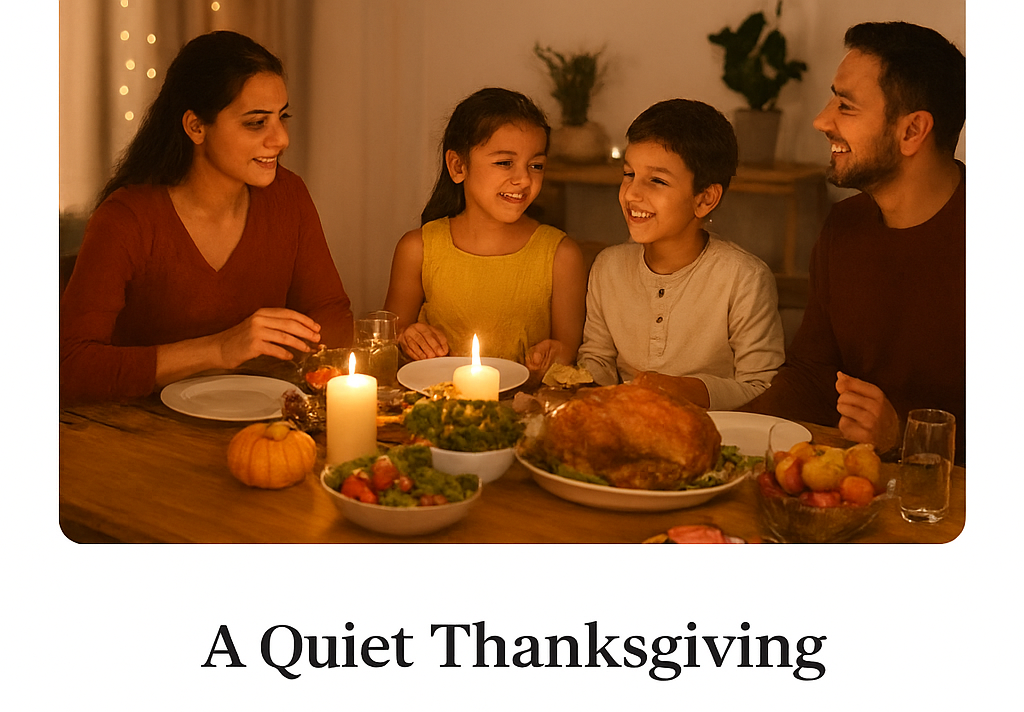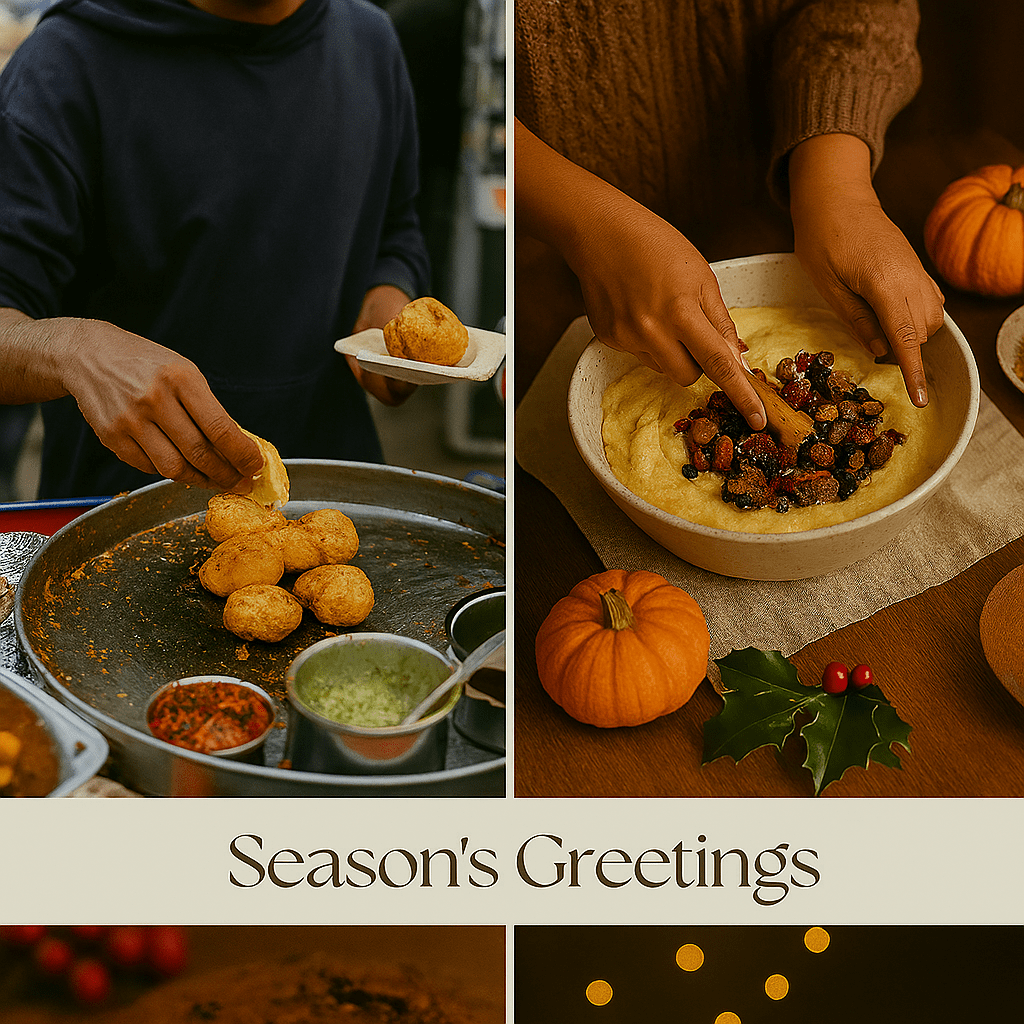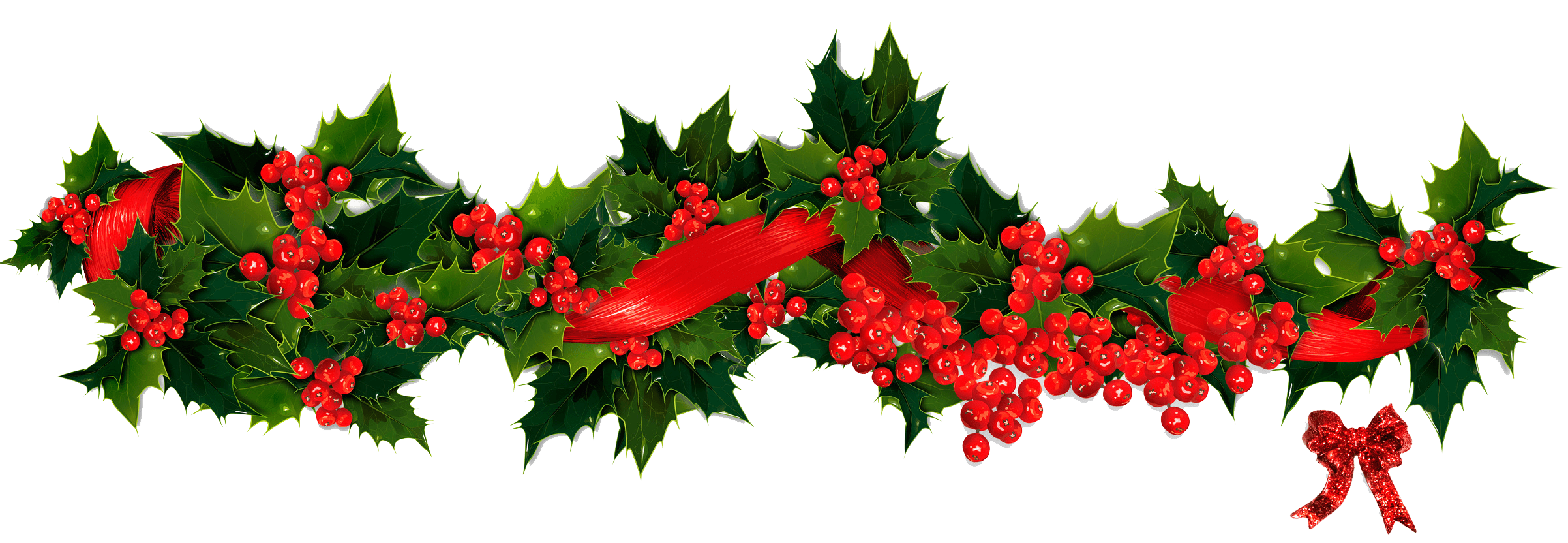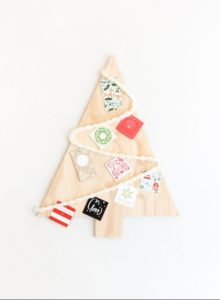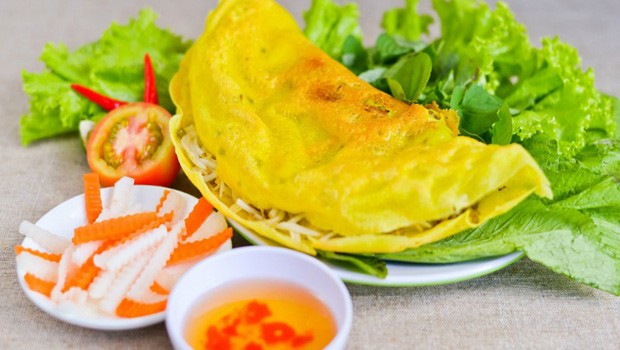Christmas is undeniably a glorious season, a busy time for most, caught up in the pressures of the season and that special day. But as most festivals, and in the pursuit of happiness, one must retain the true essence that this marvellous day embodies. Finding real joy is not in all that hurrying and scurrying to get more done, but the real joy is to just focus on what’s important.

The true celebration of Christmas should simply reflect love and selflessness taught by the Saviour, born in a stable, cradled in a manger, who came forth to reshape the world, which prevailed in those days and, henceforth, taught mankind that sacrifice and love is above all. The spirit of Christmas should illuminate the picture window of one’s soul; it should throb with every beat of your heart. What we are mistaken about is that Christmas is not just about a day or a mere season, Christmas is about the human spirit, living the truth every moment of every day. While it’s easy to soften our hearts, forgive our enemies, and obey the word, the gospel truth is that like all religions Christianity is also about living this philosophy day in and day out all through our lives.
The complexion of Christmas wears a paint of brotherly love. Joy filled Christmas is not about the gifts you receive or give, nor how lavish the festivities are, but imbibing the gifts of true understanding and compassion, service and friendship, kindness and gentleness.
Somewhere in the recesses of my memory, a simple poem penned by English poet Christina Rossetti always springs forth during this season:
What can I give Him?
Poor as I am?
If I were a Shepherd
I would bring a lamb,
If I were a wise man,
I would do my part,
Yet what can I give Him?
Give my heart.
These are indeed such beautiful words, simple but deep. Something to think upon, something to contemplate!
So, while December brings forth the only Christmas Day in the year, let there be Christmas all through the year in things you do and say. It isn’t about the tinsel and decorations, the tree and gifts; the mince pies or Christmas cake, it’s not about your hearths being warm and your holidays being grand, it’s all about your hearts being warm and your generosity being grand.
It’s all about giving your children the right perspective on the fantasy of Santa and the angels, the miracles and wonders. Cinch in that thought that Christmas is not about you what you buy. It is about what you make, the traditions, memories and bonhomie. A Christmas that holds you, can revive and reshape you. Make this season one for kindling the fire of hospitality in your homes and the genial flame of charity in your hearts.
A merry and joyful Christmas to all!
Cook Yourself a Yummy X’Mas Feast!
Roast Turkey with Cranberry Sauce
Ingredients:
1 whole Turkey
Butter 100 gm,
Chopped Onion 100 gm,
Chopped Celery 100 gm,
Crumbled sage and thyme 10 gm,
Salt and pepper to taste,
Chopped fresh parsley 10gm,
1 bay leaf,
Garlic minced 10 gm,
Balsamic vinegar to taste,
Sugar 20 gm,
Cranberry 150 gm.
Method– In a skillet melt butter over medium heat. Stir in onions, celery, sage, thyme and pepper; cook, stirring occasionally for 10 minutes or until brown. Remove giblets and neck from the turkey cavity, keep for gravy.
Rinse turkey inside out with running water. Stir together with a little of the remaining butter, sage, salt and pepper, rub over turkey, inside and out. Loosely pack stuffing into neck and body cavities, fold over and skewer neck flap closed over stuffing. Tie legs together.
Place turkey, breast side up on a rack in roasting pan. Cover with foil and roast in 325 degrees F oven for about 1.5 hours, basting with pan juices every 30 minutes. Remove foil and continue to roast or 1 ¾ hour, basting every half hour. Keep it aside for carving.
Meanwhile, in a saucepan, bring chicken stock turkey neck, giblets, onion and bay leaf to boil. Reduce heat and simmer. While cooked turkey rests, skim excess fat from roasting pan whisk in flour until well combined. Gradually whisk in reserved giblet stock. Bring to boil and cook. Season to taste with salt and pepper. Strain and serve alongside turkey.
For cranberry sauce in a small saucepan, heat oil over medium heat; stir in onion and garlic and cook, stirring occasionally for 5 minutes or until softened. Put balsamic vinegar, boil for 5 minutes or until reduced. Now mix together cranberries, sugar, salt and pepper. Mix into onion mixture. Bring to boil and cook until cranberries are tender, and sauce is thick.
Gingerbread with jaggery

Ingredients:
100 gm unsalted butter at room temperature,
135 gm jaggery granules or jaggery chopped fine,
45 ml honey,
30 ml water,
1 tsp dried ginger powder,
1 tsp cinnamon powder,
Zest of 1 orange,
1 tsp. baking powder,
½ tsp. baking soda,
2 eggs,
175 gms whole-wheat flour,
Demerara sugar for sprinkling over.
Method: Preheat oven to 180 c. Line a baking sheet with parchment and lightly grease 5 mini cake moulds. Place the jaggery, butter, honey and water in a heatproof bowl. Then heat in microwave for a minute, until the butter has melted. Whisk well with a balloon whisk until the jaggery and butter have combined.
Add the ginger powder, pie spice, orange zest, vanilla extract, baking powder and baking soda. Whisk well to mix.
Whisk in the eggs one by one. Now fold in the whole-wheat flour gently.
Ladle into prepared tins, sprinkle over dried orange crystals. Bake for approximately 20-25 minutes until risen and light golden brown. Use a tester to check if done.
Allow to cool in pan for 10 minutes and then gently loosen sides to demould. Serve warm as it is or with a drizzle of unsweetened whipped cream.
Gluten-free Christmas cake
Ingredients
300 gm pre- soaked Christmas dry fruit with orange and lemon zest,
200 ml jaggery syrup,
150 gms almond flour,
100 gms grated apple,
175 gms butter,
4 medium eggs.
Method– Preheat the oven to 140 degrees. Put the remaining ingredients except for the flour in a large bowl. Beat with a hand-held electric mixer until well combined. Fold the almond flour well.
Grease a deep 23 cm round tin or 20 cm square cake tin with butter. Line with a double layer of baking paper and grease the paper. Spoon the mixture into the prepared tin. Level the top.
Bake for about 2 hours until firm to the touch and a skewer pushed into the middle comes out clean. Leave the cake to cool in the tin.
When the cake has cooled, remove the baking powder, pierce the top in several places with a skewer, then pour over a little brandy. Remove cake from the tin but wrap it with baking powder, then wrap with foil. Then store in a cool place to mature.
Decorate the cake with Glace fruit, marzipan or ready-to-use icing.
Yule log

Ingredients–
Dark chocolate 100 gm
Fresh Cream 50 gm,
Whipped Cream 70 gms,
Nutella 100 gms,
Milk 1 litre,
Milkmaid 500 gms,
Curd 500 gms,
Castor sugar for dusting,
Maida 150 gms,
Baking powder 70 gms,
Baking soda 30 gms,
Cocoa powder 150 gms,
Oil 50 ml
Method– Prepare the log sponge by mixing milk, Milkmaid, curd, sugar. Add all dry items in the mixture and oil at the end. By heating cream and dark chocolate and make the ganache. Now add whipped cream and Nutella into the ganache and assemble in a log shape, serve in plate and dust icing sugar (castor sugar).
Recipes courtesy – Executive Sous Chef Lokesh Jarodia of Novotel Imagica Khopoli and Executive Chef Gopal Jha of Grand Mercure Bangalore.






